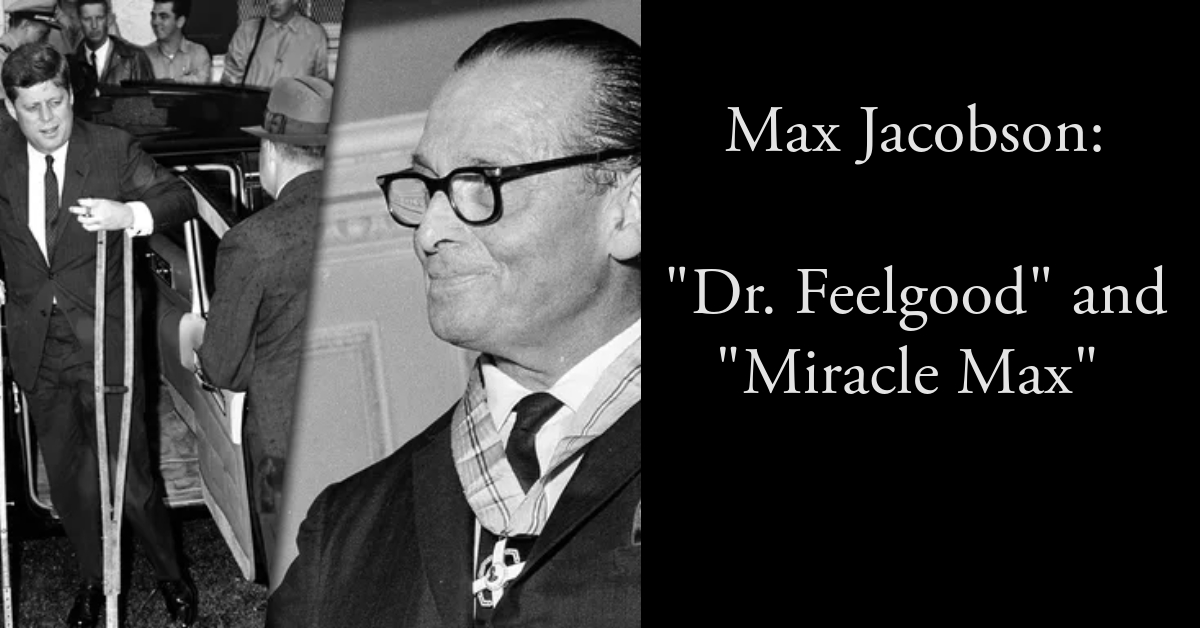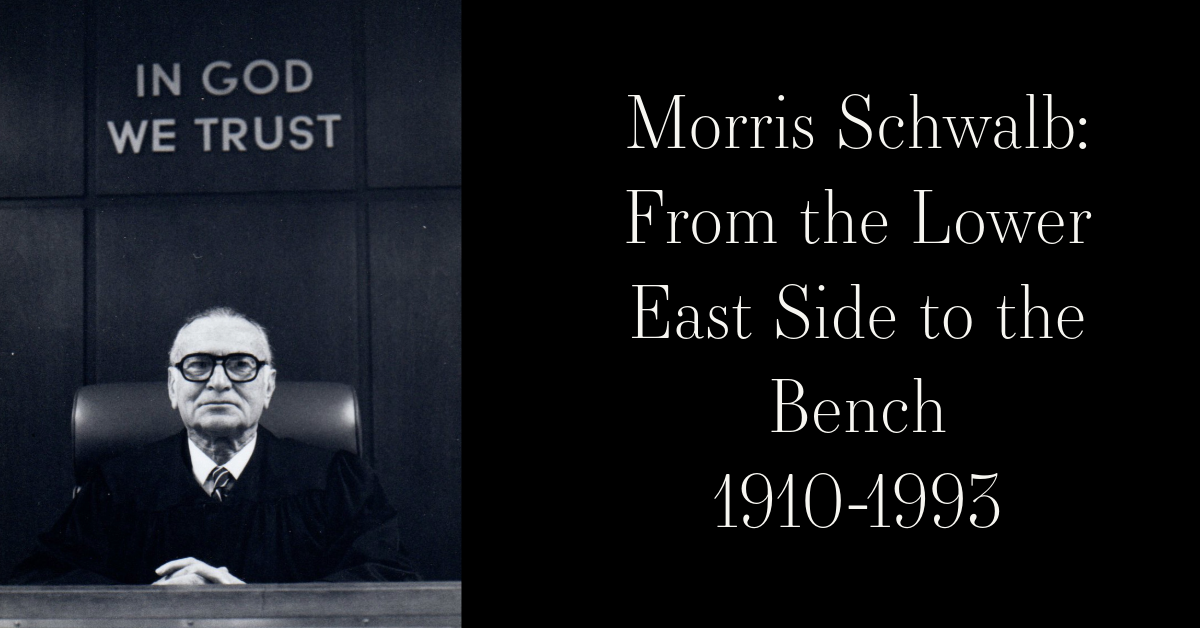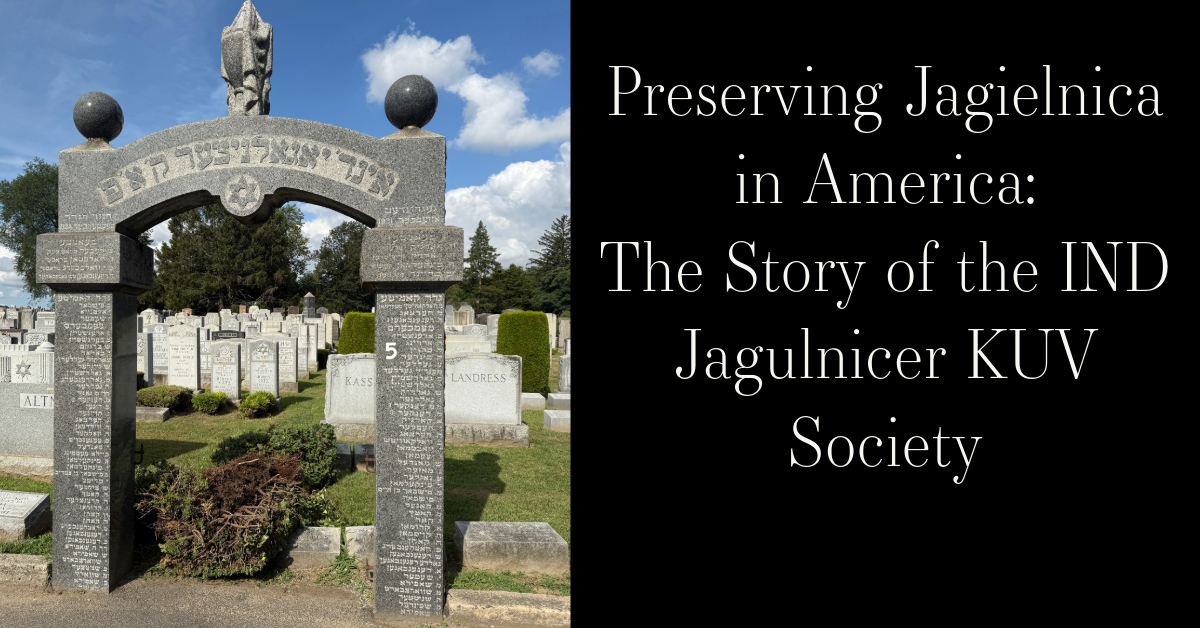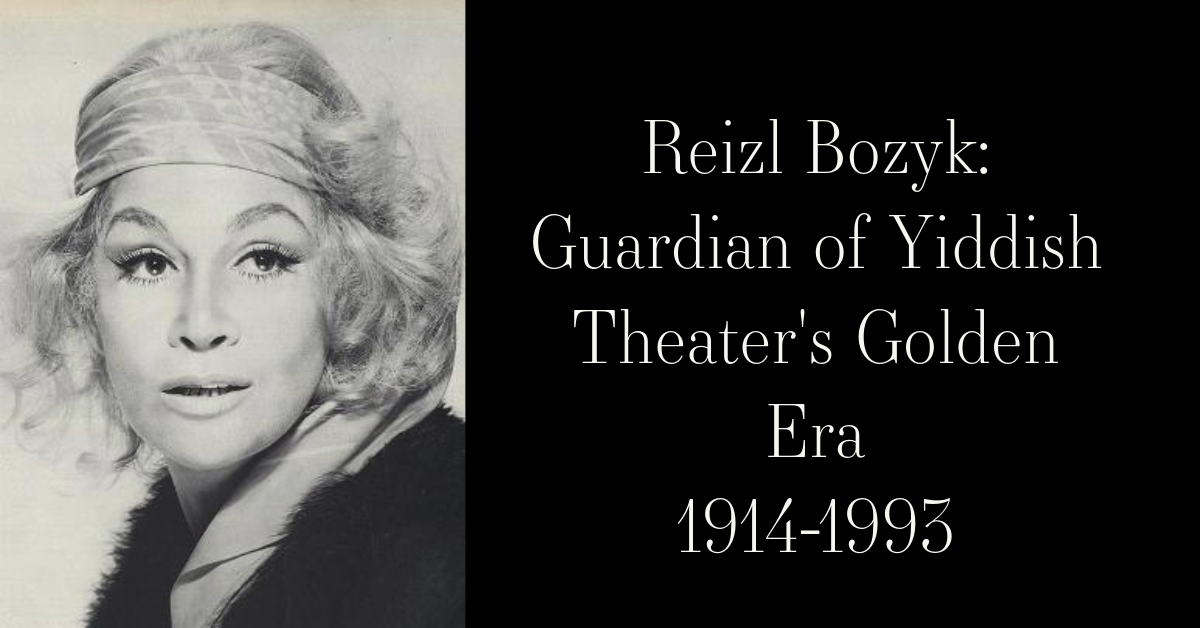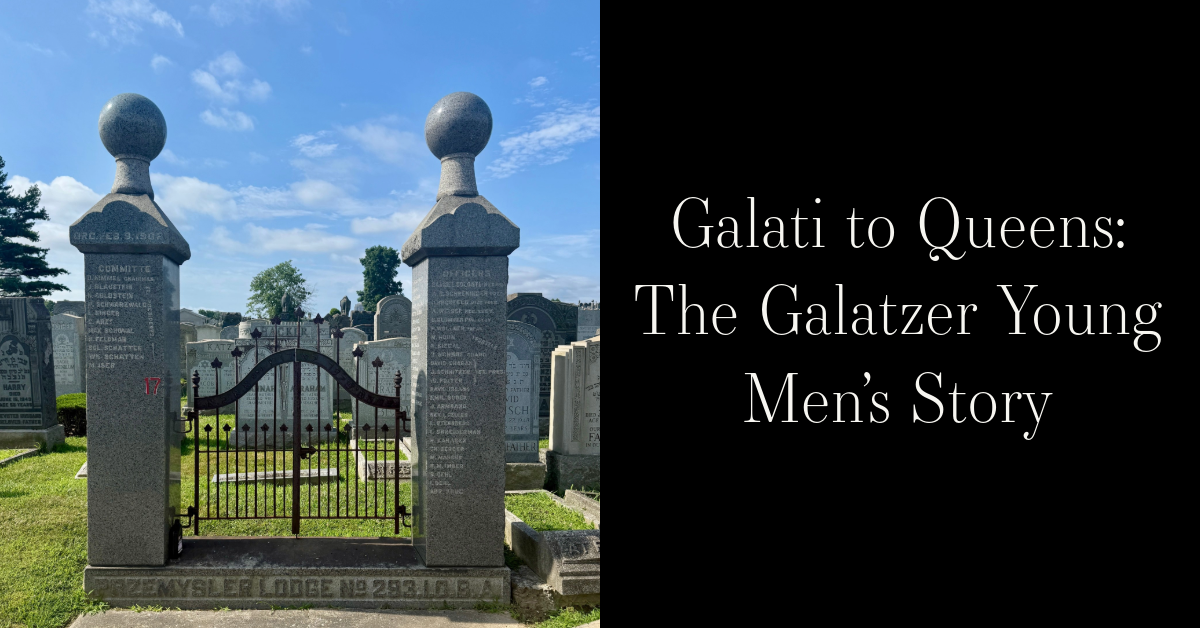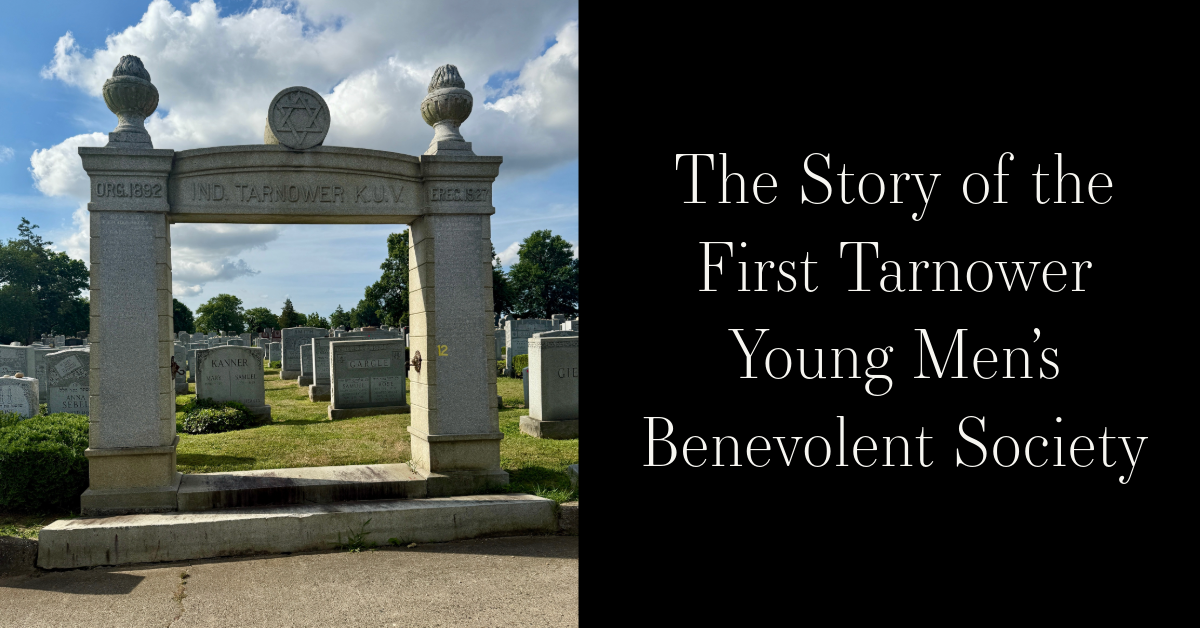MAX JACOBSON
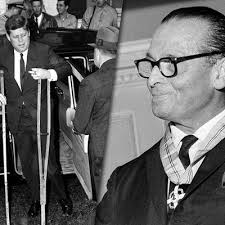
Max Jacobson was born in Fordon Bromberg, in German East Prussia in 1900. Max moved to Germany with his family when he was 10 years old. There were 2,000 Jews in Fordon when Max was growing up. Max lived with his parents, Joseph and Esther Jacobson. Joseph worked as a Kosher butcher and Esther was a housewife. Max was the second of three sons.

As a teenager, Max had a job as a physician’s assistant in Berlin. Max attended the University of Heidelberg and then he studied medicine at Friedrich Wilheim University in Berlin. He made a dramatic escape from Berlin to Prague the night before the Nazis were going to arrest him. In 1925, Max began his practice of medicine in Prague. He soon married his first wife, Alice. The Jacobsons moved back to Berlin where their son Thomas was born in 1931. While still married to Alice, Max became acquainted with a woman named Nina Hagen whose father and grandfather were both wealthy bankers.
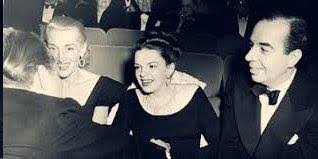
In 1933, The Jacobsons moved to Paris when Hitler came to power. Max contacted Nina regarding employment opportunities in Paris. Nina had an acquaintance named Baron Gotfried Von Cram, a famous tennis player. She contacted him to see if he could make a few inquiries to secure employment for Max. Von Cram helped Max find a job as a medical consultant where he was hired even though he was Jewish. Max worked as a Physician for the National Team for Matches in France. On July 22, 1936, Max fled the Nazi influence and came to America.
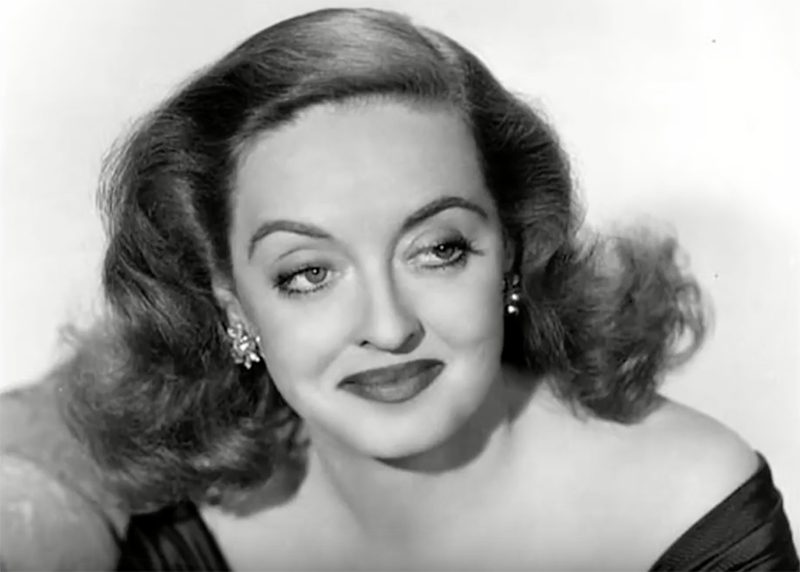
Max’s early interests were eye disorders and infectious hepatitis. He was also interested in working on tissue regeneration therapy as well as finding treatments and cures for Cancer and Multiple Sclerosis. As a young doctor, Max’s goal was to help people lead more productive lives despite their illnesses.

Max began experimenting with odd concoctions in the 1930s. His consultant was Carl Jung, whose guidance “led him to first experiment with early psychotropic, or mood and mind-altering, drugs.” Max first experimented on animals, himself and then patients. Getting high on his own supply would later become part of Max’s everyday practice. He soon reached the conclusion that biochemistry could make him rich fast.
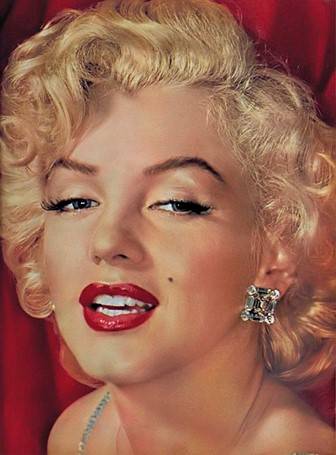
Amphetamines were initially discovered in the late 19th century. However, its use in World War II by both the Allies and the German army resulted in an escalation of production, with approximately 200 million amphetamine tablets distributed to troops on both sides. Even Adolph Hitler had his personal physician ready to give him ‘the good stuff’. By 1937, doctors in America were prescribing the pharmaceutical variant Benzedrine sulfate for many different ailments. The U.S. Air Force utilized amphetamines to keep the pilots awake during the Korean War, and civilian doctors were prescribing amphetamines as “diet pills” for housewives. Meanwhile, truck drivers used amphetamines to stay awake so they could drive all night, and students used them to stay awake in order to cram for exams. Due to its extreme popularity, Max decided to prescribe Amphetamines to his patients.
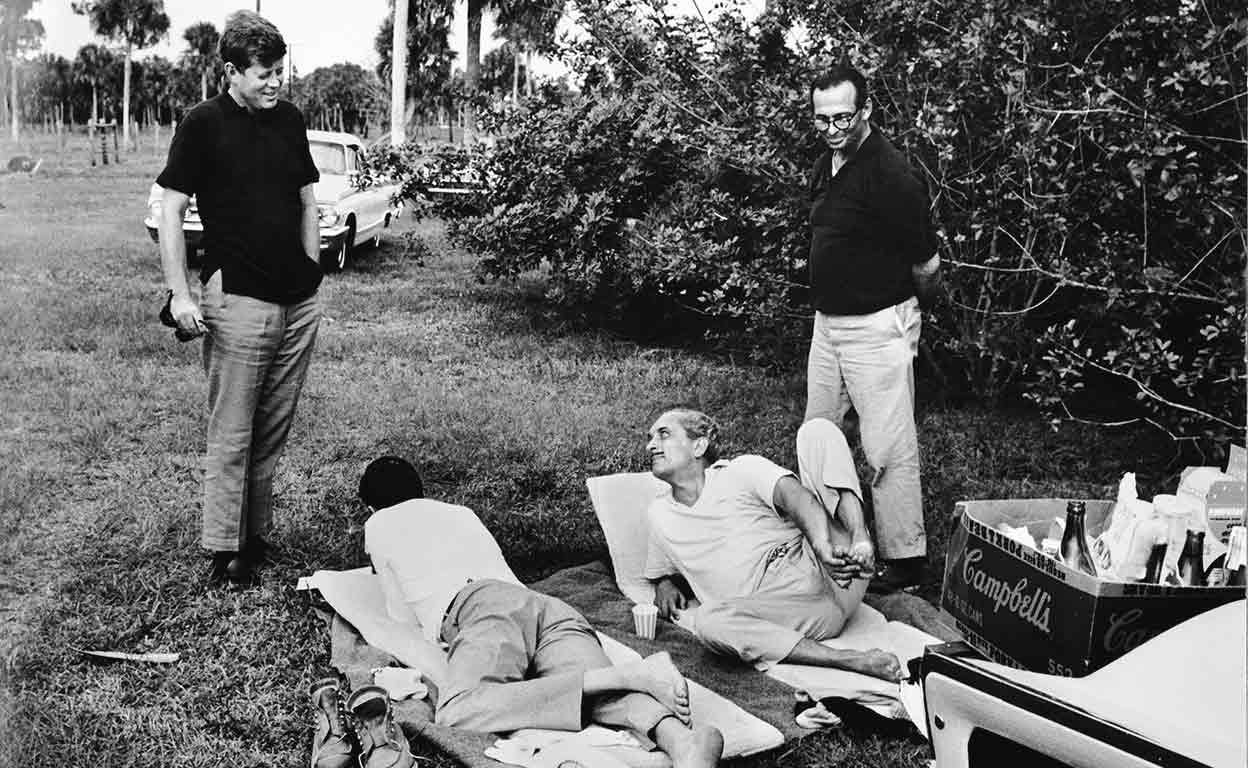
Max’s treatments were typically much different than those of his American counterparts. Whereas an American Physician would write a prescription for a drug and recommend plenty of liquids as well as bed rest, Max could usually treat the same condition with an injection from medicine created in his laboratory that would quickly relieve the patient’s pain and restore their good health. When Max was summoned to Palm Beach to treat Jackie Kennedy for a severe migraine, his injection [a combination of a local anesthetic, an anti-migraine drug, an anti-clotting drug, and a drug to increase tissue permeability] given at the base of her neck brought her immediate relief. In other cases, Max’s injections of vitamins raised his patient's nutrient levels quickly to enable them to recover more rapidly from their illness.

Max made his name developing booster shots for healthy patients, first among other European immigrants and then in New York’s theatrical community, and eventually in both Hollywood and Washington. In 1941, Max’s elixirs and his affable personality brought him patients from high-stress Broadway including both Producers as well as performing artists. People in showbusiness had stress to meet deadlines, stress during rehearsals, stress to rewrite scripts and stress to prepare for opening night. Max never examined his patients or made real diagnoses. Instead, he simply reached for a hypodermic needle. Max claimed his injections could rescue singers who had lost their voice, cure writer’s block, and combat an actor’s stage fright.
Max’s celebrity patients included the singers Frank Sinatra, the Everly Brothers, Maynard Ferguson, Eddie Fisher, Johnny Mathis, The McGuire Sisters, Pat Suzuki, Andy Williams; actors Liza Minnelli, Thelonious Monk, Marilyn Monroe, Zero Mostel, Elvis Presley, Anthony Quinn, Paul Robeson, Nelson Rockefeller, David O. Selznick, Elizabeth Taylor, Lauren Bacall, Ingred Bergman, Humphrey Bogart, Montgomery Clift, Rosemary Clooney, Judy Garland, Eddie Albert, Carroll Baker, Roscoe Lee Browne, Yul Brynner, Bob Cummings, Marlene Dietrich, Tony Franciosa, Arlene Francis, Martin Gabel, Hermione Gingold, Ronny Graham, Hedy Lamarr, Peter Lorre, Burgess Meredith, Rita Moreno, Lee Marvin, Roddy McDowall, Patrick O’Neal, Anthony Quinn, Lee Remick, Chita Rivera, Edward G. Robinson, Elizabeth Taylor, Franchot Tone; directors Cecil B. DeMille, Billy Wilder, Franco Zeffirelli; the artist Salvador Dali, dancers Katherine Dunham, Maya Deren, producers David O. Selznick, Arnold Saint Subber, Leonard Sillman; writers Truman Capote, Henry Miller and Tennessee Williams; politicians Winston Churchill, UN Secretary General Henrik De Kauffmann, Ambassador Eusebio Morales and Senator Claude Pepper.
In 1941, Max divorced Alice and married Nina Hagen, 27. In 1943, Max became a United States citizen and the next year, he moved his practice to the East side of Manhattan.
Max understood what was going on with the Jews in Europe and he could not abandon the persecuted who were left behind. Max began volunteering financial sponsorship to Europeans stranded all over the world who were applying for US Visas. One such case was Jack Gurfein. Jack was a 16-year-old Concentration Camp survivor for whom Max contributed his financial sponsorship. Max restored Jack to good health and paid for his lodging. Jack went on to become a prominent film director as well as an acting coach. Providing all of these sponsorship arrangements were financial commitments that Max couldn’t meet because he reportedly never had more than $1,500 in his bank account. As a result, in 1946 Max’s bank reported him to the US State Department. Max also decided not to charge any of his patients who were former Camp Survivors and all his services were provided gratis.

In the 1940’s and 50’s, Max’s admirers referred him to other patients. The solutions that Max pushed into people’s buttocks and arms he named IV Specials and referred to this therapy as “Miracle Tissue Regeneration.” These shots were composed of hormones, Vitamins A, B complex, C, E and E, Novocain, calcium, human placenta from hospitals, enzymes, monkey gonads, sheep sperm and steroids. These substances were then mixed with 20-55 milligrams of Methamphetamine.
Truman Capote described his experiences with Max’s shots, saying “when you get a shot, you feel like Superman- you’re flying. Ideas come at the speed of light. You go 72 hours straight without so much as a coffee break. You don’t need sleep. You don’t need nourishment. If it’s sex you’re after, you can go all night. Then you crash and you go running back to E. 72 Street. You’re looking for the German Mosquito; or the insect with the magic pin prick. He stings you and then all at once, you’re soaring again.”
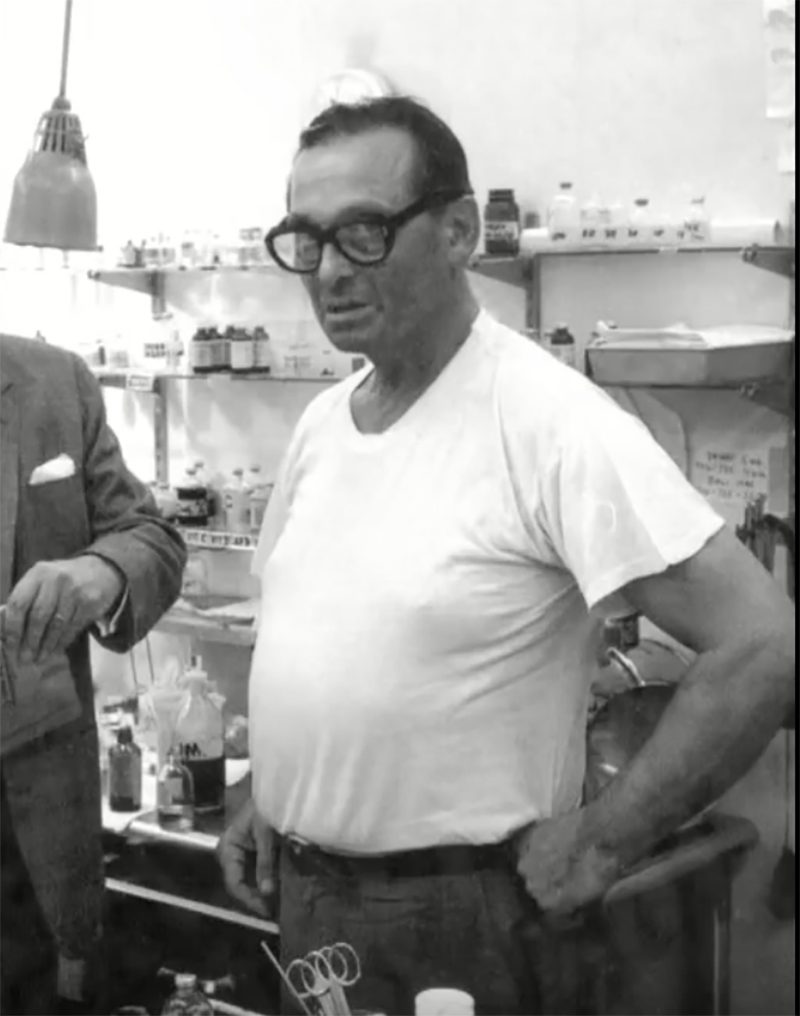
Tennessee Williams immediately got hooked on the injections, falsely believing he was being pricked with a vitamin B12 shot. Williams said he felt “as a bird on a wing; I was released.” Eddie Fischer would later say that Max’s injections was when his 37-year addiction to amphetamines began. Writer Rod Serling was reportedly high on Jacobson’s meth when he furiously wrote “The Twilight Zone” series and Marilyn Monroe was under the influence of Max’s elixir during a night in May 1962 when she famously sang “Happy Birthday” to the president at Madison Square Garden. Max revealed that while he was in Europe, Nazi soldiers were using his drug, making them more vicious. He also stated that Adolf Hitler and Eva Braun were also injecting and they eventually became addicted to his formula.
In 1952, Bette Davis developed an infected larynx and could not open in her play, “Two’s Company.” Max treated her and he was thereafter named as her doctor in the New York Times. This reference to Max, brought him many more clients so much so that it was extremely hard to get an appointment with Max since people had to know someone in order to get an appointment.
Patients had to wait hours and hours to see Max. Max didn’t have time to see all of his patients even though he worked around the clock. In the late 60’s, Max began working 24 hours a day and was seeing up to 30 patients per day. Jacobson’s devoted patients came to his practice throughout the day and night, sometimes mistakenly breaking into nearby offices to search for drugs. Max devoted every Tuesday for treating up to 400 of his sicker patients (with such diseases as Lou Gehrig’s Disease and Multiple Sclerosis) for free. Due to Max’s inability to see the volume of patients that wanted his services, his nurses taught approximately 90% of the patients how to inject themselves at home and on the road. The patients learned to self-inject by first practicing their injections on a grapefruit.
Max shipped the concoction of his vials of unlicensed homemade mixture all over the world. New York State authorities found that in one 5-year period, Max ordered at least 40 pounds of amphetamines, which was enough for thousands of doses per year.
Many of Max’s patients were curious what was in those pep me up shots they were being injected with. When patients inquired, Max responded by asking, “You’re feeling better, correct? Then that is all you need to know.” Max liked to maintain an aura of mystery. It kept his regular patients coming back—and brought more patients his way.

In the fall of 1960, shortly before the first debate with Vice President Richard M. Nixon, Senator John F. Kennedy grew so exhausted from campaigning that he was slurring his speech. Life magazine photographer Mark Shaw (who frequently shot the Kennedy family) suggested that Kennedy make an appointment with Dr. Max Jacobson, which he did. Mark Shaw eventually also became a patient of Max’s. Max gave Kennedy his first treatment, an intramuscular injection of vitamin B-complex, A, E, D, B-12, plus 10 mg. of amphetamine to decrease the fatigue brought on by his hectic campaign schedule and adrenal condition. Kennedy also received an intravenous injection of calcium and vitamin C. After the treatments, Kennedy stated that his muscle weakness was gone and he felt calm and alert. After the debate, Nixon commented that he had never seen Kennedy looking so healthy.

When the Kennedy’s needed Max’s services, the White House would contact Max’s office using the code name “Mrs. Dunn.” Max then boarded the Cessna piloted by Shaw and traveled to D.C., Hyannis port or Palm Beach. Gate logs show Jacobson visited the White House more than 30 times in 1961 and 1962, to see both the president and the First Lady.
Mark Shaw was considered part of the Kennedy inner circle. He was one of the very few individuals who knew about the President’s serious health issues and helped keep JFK’s need for treatment a secret from the public. Max used a medical bag disguised as a briefcase that he used only for his trips to the Kennedys.
Whenever Max was needed to inject his speed-laced cocktails into Kennedy, he was there. This occurred whenever the president was stressed, in pain or needed extra energy whether to sit through a Pablo Casals concert or deal with Soviet missiles in Cuba. In 1961, Kennedy urgently summoned Max to the family estate in Palm Beach Florida. His wife, Jackie, was suffering from depression and migraine headaches. Max’s shots cured Jackie’s ailments. Max treated the Kennedy’s on many other occasions and he quickly became Kennedy’s trusted doctor and a friend. Max became a White House regular and visited the Kennedy’s to give JFK shots 3-4 times per week. When Kennedy developed laryngitis, Max injected him in the throat. Max’s presence treating the Kennedy’s was so frequent that his Secret Service dubbed him “Dr. Feelgood,” and the nickname stuck.
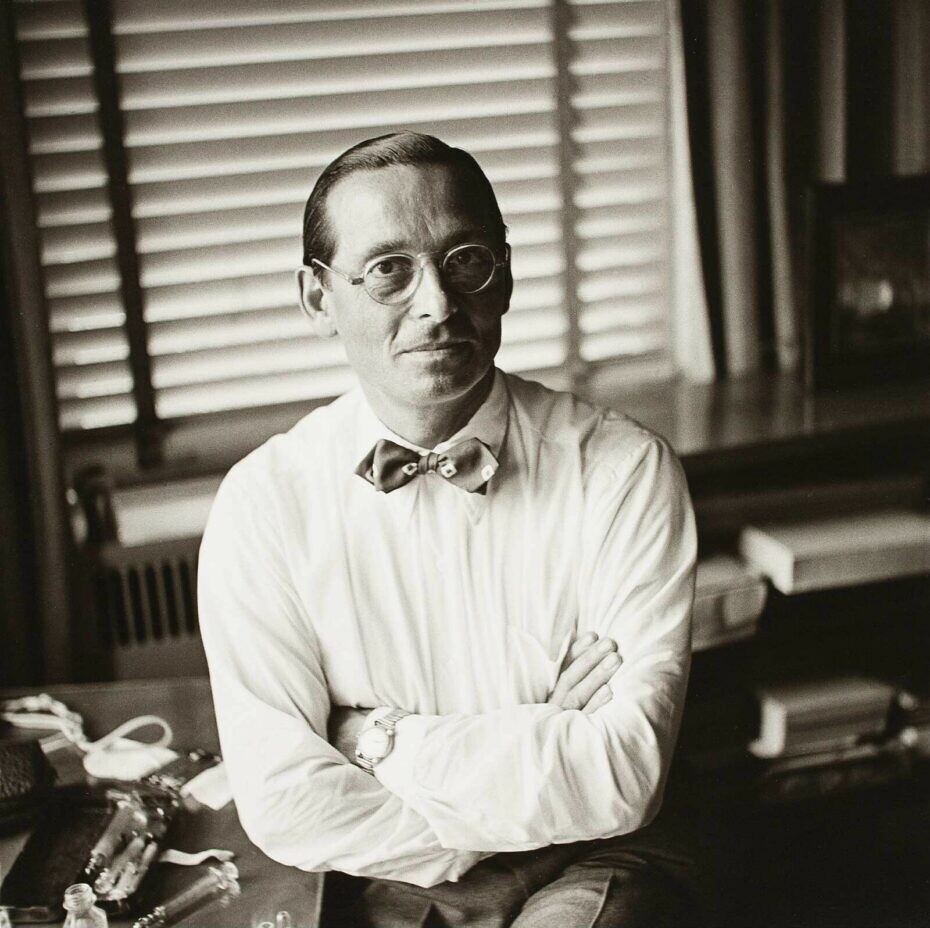
Max had a post in his memoir about when he arrived to treat JFK for laryngitis. “President Kennedy was still in his night clothes, and he greeted me with a whisper that was so hoarse that I could hardly understand him. He challenged me, saying, 'What are you going to do about this?' "It was absolutely imperative that the President deliver his address before the United Nations in person. His presence was necessary to defeat the Russian proposal. I told the President that I would restore his voice in short order. I said that I'd give him a subcutaneous injection slightly below the larynx. He replied, 'Do what's necessary. I don't give a hoot.' . . . The Secret Service men who had picked me up at the airport had picked the wrong bag. I could get the necessary medication from my office which luckily was only a block away. Time was precious. My nurse quickly brought a package to the Service men at the private elevator to the President's penthouse. I can still see the surprised expression on Kennedy's face when, after the injection, he could again speak with a normal voice.”
A real test of Max’s abilities occurred on May 16, 1961. The President, who was in constant pain from his back according to Max, injured himself so seriously while shoveling during a planting ceremony. When JFK returned after the ceremony walking on crutches, he was unable to descend the stairs and had to be lowered by forklift from Air Force One.
On May 23, 1961, Max received a call from the White House to treat JFK and Mark Shaw flew Max to Washington. Max saw he had a gravely ill patient when he arrived at the President's bedroom and found Kennedy lying on the bed, barely able to move. The White House physician, Dr. Janet Travell, had sprayed Kennedy's back with ethyl chloride to temporarily numb the skin. Max had tested and "long since abandoned this therapy" since "the relief of pain was neither complete nor lasting.” Also, it did not restore normal use of the affected area. Kennedy understood that he may need a possibly fatal back surgery and therefore Max was Kennedy's last hope.
In his career, Max had acquired a great deal of expertise treating back pain. When he was a medical intern in Berlin in the 1920s, Max was an assistant to Dr. Auguste Bier, Berlin’s leading surgeon who performed the very first spinal anesthetic in 1898. Max was both a research chemist in experimental medicine, a surgeon and a general practitioner. The first thing Max did was to demonstrate an exercise to strengthen the back, and then Max treated Kennedy with a combination of an anti-inflammatory, a local anesthetic, and vitamin B-12, injected in an exact spot on either side of the spine.
Max recorded in his memoir that "Immediately after his treatment was over, he (JFK) stood up and walked back and forth several times. He exclaimed his amazement and added, 'I feel very much better.' I jokingly replied, 'I'm sorry to hear that.' He laughed and said, 'I would like you to come with me to Europe next week. I hope you can rearrange your schedule.'"
JFK responded so well to Max’s treatments that Kennedy asked the doctor to move to Washington. Max turned him down. The Kennedys wanted Max exclusively to themselves but Max was unwilling to leave his thriving private practice, especially his two hundred multiple sclerosis patients who had nowhere else to turn.
Soon many of the people connected with JFK became suspicious of Max. Kennedy’s regular Physician as well as Kennedy’s secret service agent did not trust Max. Many people began snubbing Max. The FBI and the CIA had been maintaining files on Max.
In 1962, Bobby Kennedy was enraged that Max was giving JFK these mysterious shots. He wanted to terminate Max’s services citing the Amphetamine’s side effects and even the possibility of death by poisoning. Bobby requested the Government Labs to analyze vials of Max’s medicines. It is unclear whether the labs found Amphetamine or there were insufficient medicines for a proper assessment. When Max learned that so many people was suspicious about him, he offered to step down as Kennedy’s doctor. Kennedy was so desperate not to lose Max that he flew to New York just to persuade Max to continue treating him. Max agreed to stay on.
During this visit with Kennedy, Max gave the president an injection which was an extremely high dose which resulted in the President of the United States running naked and delirious through the Carlyle’s hotel’s halls. Kennedy’s bodyguards were cautiously amused. JFK was “delusional, paranoid and suffering a “psychotic break” from the effects of an overdose of methamphetamine.” One of New York’s top psychiatrists arrived at the Carlyle and “saw the president in a manic condition furiously waving his arms and running around without any clothes on.” He immediately recognized Kennedy’s “drug-induced mania.” The Secret Service intervened and Max was called back. He administered an antipsychotic, and the president soon returned to normal. Kennedy’s relationship with Jacobson was unaffected.
Meanwhile, both the President and his wife were still getting regularly injected. Max continued to keep Kennedy's back pain under control and he treated JFK for the duration of his Presidency. The last treatment was two weeks before Dallas. After JFK’s assassinated, Bobby phoned Max with a request that he destroy Kennedy’s medical file.
After this traumatic episode in her life, Jackie needed injections in order to get through the funeral. After Jackie and her children moved into a Georgetown home, Max continued to treat her. Someone told Bobby that Max’s amphetamines could be addicting. Bobby became enraged when he heard this and discovered that Max was still treating Jackie. The attorney general stated how Bobby reacted. “Bobby went ballistic. He called Max in New York and told him to stay away from his sister-in-law. He stated, “If you show up again, I’ll see to it that you never practice medicine again.”
Before people became suspicious of Max’s interventions, Max had had a good life. He lived with his wife, Nina and his daughter Jill in their idyllic home in Manhattan and spent glorious summers in their Long Island Beach house. For Max, things in his life continued going awry when Nina died mysteriously on May 28, 1964 at the age of 49 after 23 long years of marriage to Max. Claims were made that an overdose of Max’s formula had accidentally killed his wife. After the loss of both Nina and Kennedy, Max’s drug making method in his back-room lab became more unorthodox. He began using electromagnetic fields and ultra sonic beams and bombarding enzymes with gamma rays, freezing placenta with liquid nitrogen and utilizing eel cells. Max placed stones at the bottom of his medicine vials which he stated were uranium to give the liquid energy.
Many of Max’s patients started complaining of addiction, withdrawal symptoms — even ruined lives — from Jacobson's haphazard distribution of drugs. In 1963, Eddie Fisher observed Max frantically trying to revive an unconscious business man on an examining table. The man later died of a brain hemorrhage and his widow sued Max and settled. Zero Mostel had a bad reaction to one of his (Max’s) shots and collapsed backstage before a Broadway performance. Eddie Fisher held Zero’s hand as they waited for Max to arrive. Max gave Zero another shot that calmed him down. Everyone thought that Max saved Zero’s life. But they did not focus on the fact that Max’s first shot actually caused Zero to collapse. In 1961, another patient of Max’s named Maya Darren who was a film maker, died of a brain hemorrhage at the age of 41. His widow sued Max and Max settled.
In 1961, Mel Allen, a famous announcer, recommended Mickey Mantle, from the New York Yankees to seek treatment from Max. During his treatment, Mickey was injected too high and hit bone causing a deep abscess the size of a golf ball. Mantle then developed a septic infection at the injection site and he had to be hospitalized which threatened his career and left him useless for the rest of the season. After this episode with Mantle no one considered that the infection may be due to Max’s improper practices. There was a failure to recognize the cause of the problem and Mantle’s septic infection was blamed on Mantle's lifestyle when he was often hungover or otherwise ill from alcohol abuse. This infection was seen by most as just another episode in Mantle's “self-destructive” lifestyle. Mel Allen’s got fired, after 24 years on the job, after making the medical referral to Max.
When Mark Shaw was assigned to photograph the Kennedys for Life magazine coffee table book. Mark’s black and white photographs of the family with their young children on manicured lawns and pristine beaches in Hyannis created a magnificent book. Shaw dedicated this book, “The John F. Kennedys: A Family Album”, to his friend, Max. In the copy he personally gave to the doctor, Shaw penned below the inscription: "To Max, who alone understands and time will give perspective."
In 1969, Mark Shaw died alone in his apartment. When New York Medical Examiners took him to the morgue, they discovered needle tracks on both his arms. There were little vials in his apartment which had vitamins and amphetamines in it given to him by Max. Max claimed that Mark died from natural causes stating that Mark did not die from an amphetamine overdose but from a blow to the head that caused him to vomit and inhale the vomitus causing asphyxiation. However, the medical examiner disagreed stating that Mark died from acute and chronic amphetamine poisoning.
From 1968-1969, U.S. Bureau of Narcotics and Dangerous Drugs raided Max’s office and seized all of his controlled drugs alleging that Max could not account for large amounts of narcotics. Max was questioned by federal agents who noticed needle marks on his hands. Max admitted to injecting himself with 25 grams of methamphetamine (speed) every 2-3 days.
Numerous complaints had been received about Max regarding using speed as a method of treatment. Max claimed he was a researcher for the National Multiple Sclerosis Society. Officials of the Society called Max “a quack and a charlatan.”
Nixon’s 1970 Amendments to Controlled Substances Act tightened the restrictions to Amphetamines. The Federal Narcotics Officials sent a report to New York State about Max’s handling of these drugs. As a result, New York State slowly began to investigate Max. Patrick Gray, an FBI agent, got a tip from the Narcotics Bureau, that the New York Times and a columnist were asking questions about Max and said Max’s arrest was imminent.
In 1971, New York Magazine published an article about Dr. Feelgood. The New York Times questioned Dr. Jacobson about his injections, he informed them that "he often mixes amphetamine into the medications he injects; patients are seldom told that the mixture contains anything beyond vitamins and hormones." In the December 4, 1972 exposé that brought Max national attention, the New York Times reported that Max’s office ordered 80 grams of amphetamine each month, "enough to make 100 fairly strong doses of 25 milligrams every day," and that "a substantial quantity of amphetamines he had purchased was unaccounted for." The expose reported that "extensive inquiry also turned up the names of well over 100 others in ranking positions in government, journalism, finance, industry, society, and several entertainment fields who were said to be patients of Dr. Jacobson." However, the list of patients could not be confirmed.
Rumors circulated that Vice President, Spiro Agnew, might be seeing Max. The Times mounted a task force led by Physician, Lawrence Alman which consisted of 12 reporters and a researcher. Max was questioned in his apartment. He appeared agitated and walked away from the group for a few minutes. When Max he came back, there was a little drop of blood on the back of his hand. The task force members realized that Max must have shot himself up when he was gone. Once Max returned, he had regained his confidence and composure. Max stated that “in over 40 years of medical practice, I have satisfied myself that, in small amounts and with close supervision, amphetamines can be a valuable tool in a doctor’s hand.”
Only a few of Max’s patients took enough speed to lead to reliance. Most patients were injected from time to time to feel “up” for special occasions or to get through certain difficult periods. Max denied that amphetamines are as addictive as heroin or morphine are. Max said that when his patients became disenchanted with his treatments believing their efficacy was compromised. Max felt that this was because the patients were either mentally unstable or because they were drinking while they were taking Max’s injections. Max stated he was adamant with his patients about requiring them not to drink when injecting themselves.
The investigation of Max Jacobson began moving at a faster momentum. The inquiry into Max determined that “the respondent treated a number of his patients in a manner which was dangerous to the health of such patients.” Max was charged with 11 counts of professional misconduct, 1 count of fraud or deceit in the practice of medicine, and illicit drug making. His hearings began in front of a panel of 5 Physicians. There were 19 closed sessions over 14 months in New York City with 90 witnesses present. On February 25, 1975, Max was found guilty on all accounts.
It was determined that Max Jacobson “showed serious inexcusable misconduct. It was wrong to give speed in 10x the professional average just to help people work longer hours. It was wrong for the doctor to inject himself. He did nothing for his Multiple Sclerosis patients, his office was filthy, and his homemade drugs were adulterated. It was recommended to revoke Max’s license.”
On April 11, 1975, a 3-member Regent Committee on Discipline in Albany made a unanimous recommendation to remove Max from practice. A 15-member Board of Regents agreed to revoke the medical license of Max for unprofessional conduct.
After Max stopped practicing medicine, he began work on his memoirs for several years although they were never published. Max appealed the revocation, and in 1978, Jacobson, now approaching his 80s, was deemed unfit for continued medical practice, and his appeal was denied. This essentially put the final nail in the coffin of Max Jacobson’s medical career. He died just six months later. Max Jacobson is buried in Mount Hebron Cemetery, next to his second wife, Nina (who died in 1964), and his parents.
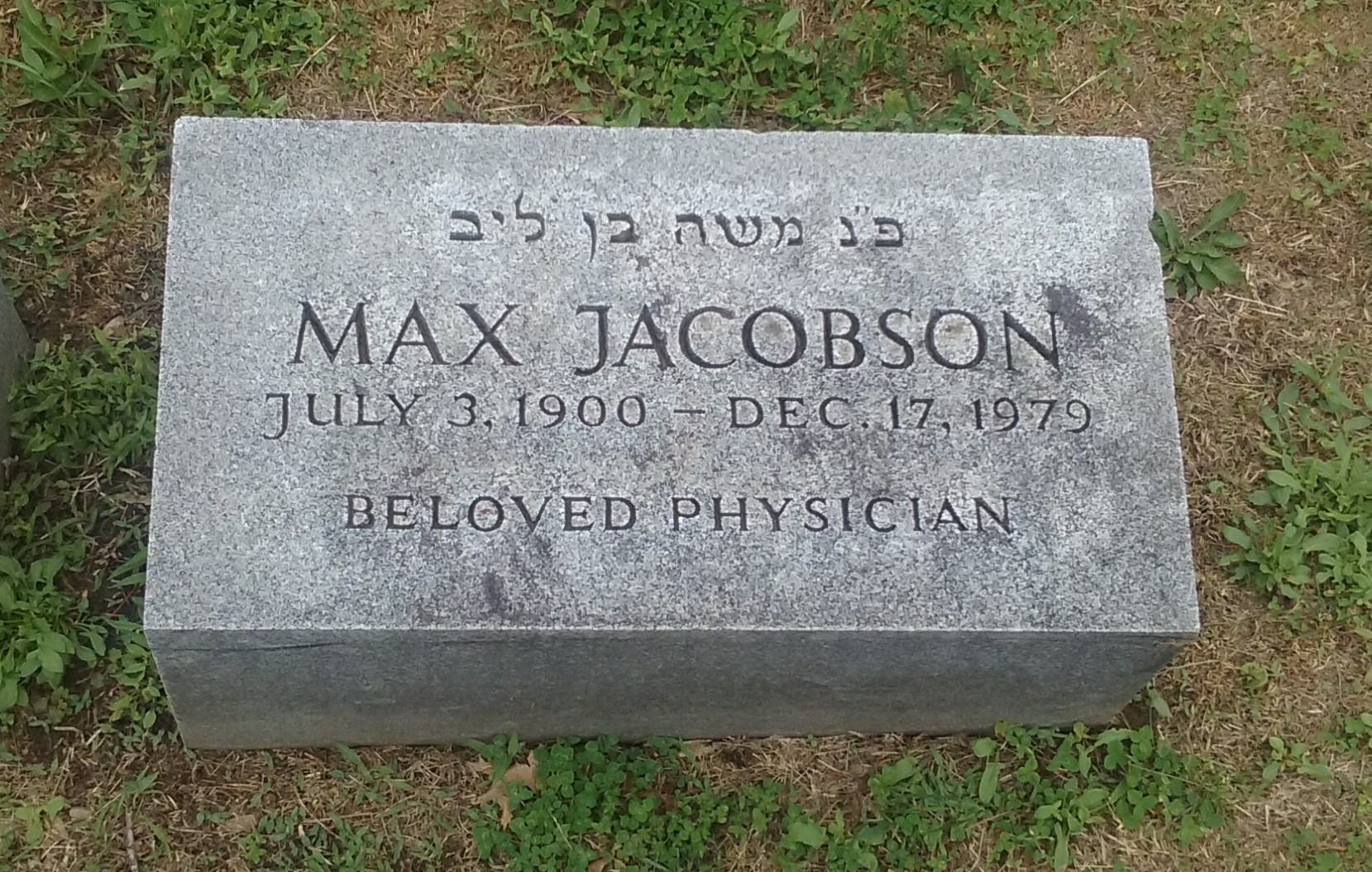
Blog by Renee Meyers


